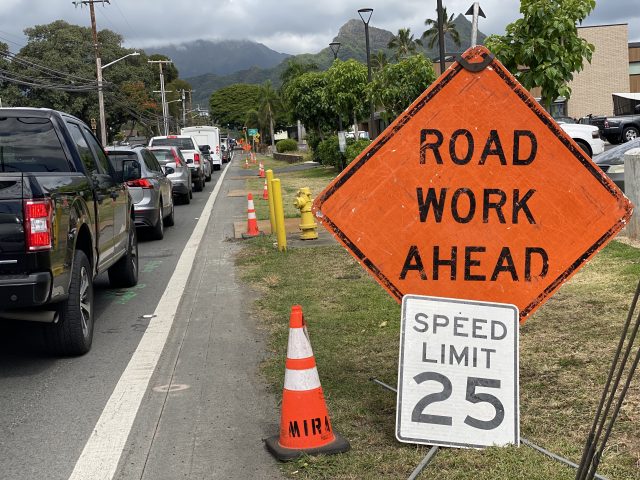Road Construction in Extreme Environments

Road construction in extreme environments presents a myriad of challenges, ranging from harsh weather conditions to rugged terrains. These challenges demand innovative solutions to ensure the creation of durable, sustainable infrastructure that withstands the test of time. In this article, we delve into the intricacies of road construction in extreme environments, exploring the obstacles encountered and the solutions that pave the way for safer, more resilient transportation networks. If you found this article interesting about road construction in extreme environments, it is very likely you will enjoy further reading at Line Marking Pro.
Understanding the Challenges
1. Adverse Weather Conditions
Extreme environments, whether characterized by scorching heat, freezing temperatures, or heavy rainfall, pose significant hurdles to road construction. These conditions can lead to accelerated wear and tear, erosion, and structural instability, making it challenging to maintain road integrity.
2. Geographical Constraints
Mountainous regions, deserts, and coastal areas often present geographical challenges such as steep slopes, unstable soils, and coastal erosion. These factors necessitate specialized construction techniques and materials to ensure the stability and longevity of the road infrastructure.
3. Environmental Impact
Construction activities in extreme environments can have adverse effects on the surrounding ecosystems, including habitat disruption, soil erosion, and pollution. Balancing the need for infrastructure development with environmental conservation requires careful planning and implementation of mitigation measures.

Innovative Solutions
1. Advanced Materials
Utilizing advanced materials such as fiber-reinforced concrete, polymer-modified asphalt, and geosynthetics can enhance the durability and resilience of roads in extreme environments. These materials offer superior strength, flexibility, and resistance to environmental degradation, prolonging the lifespan of the infrastructure.
2. Climate-Resilient Design
Incorporating climate-resilient design principles ensures that roads are equipped to withstand the impact of extreme weather events, such as flooding, storms, and temperature fluctuations. This includes proper drainage systems, slope stabilization measures, and strategic placement of barriers to mitigate erosion and maintain road safety.
3. Prefabrication and Modular Construction
Prefabrication and modular construction techniques enable faster and more efficient road development in challenging environments. By manufacturing road components off-site and assembling them on-site, construction time is reduced, minimizing disruption to the surrounding environment and reducing overall project costs.
4. Sustainable Practices
Implementing sustainable construction practices, such as recycling materials, minimizing waste, and reducing carbon emissions, is essential for mitigating the environmental impact of road construction. By adopting eco-friendly technologies and techniques, we can create infrastructure that promotes environmental stewardship while meeting the demands of modern transportation.
Conclusion: Paving the Way Forward
Road construction in extreme environments is a complex undertaking that requires innovation, adaptability, and a commitment to sustainability. By understanding the challenges inherent in these environments and embracing innovative solutions, we can create infrastructure that not only withstands the rigors of nature but also promotes economic growth, connectivity, and resilience. As we navigate the road ahead, let us pave the way for a more sustainable and inclusive transportation network that serves both present and future generations.



